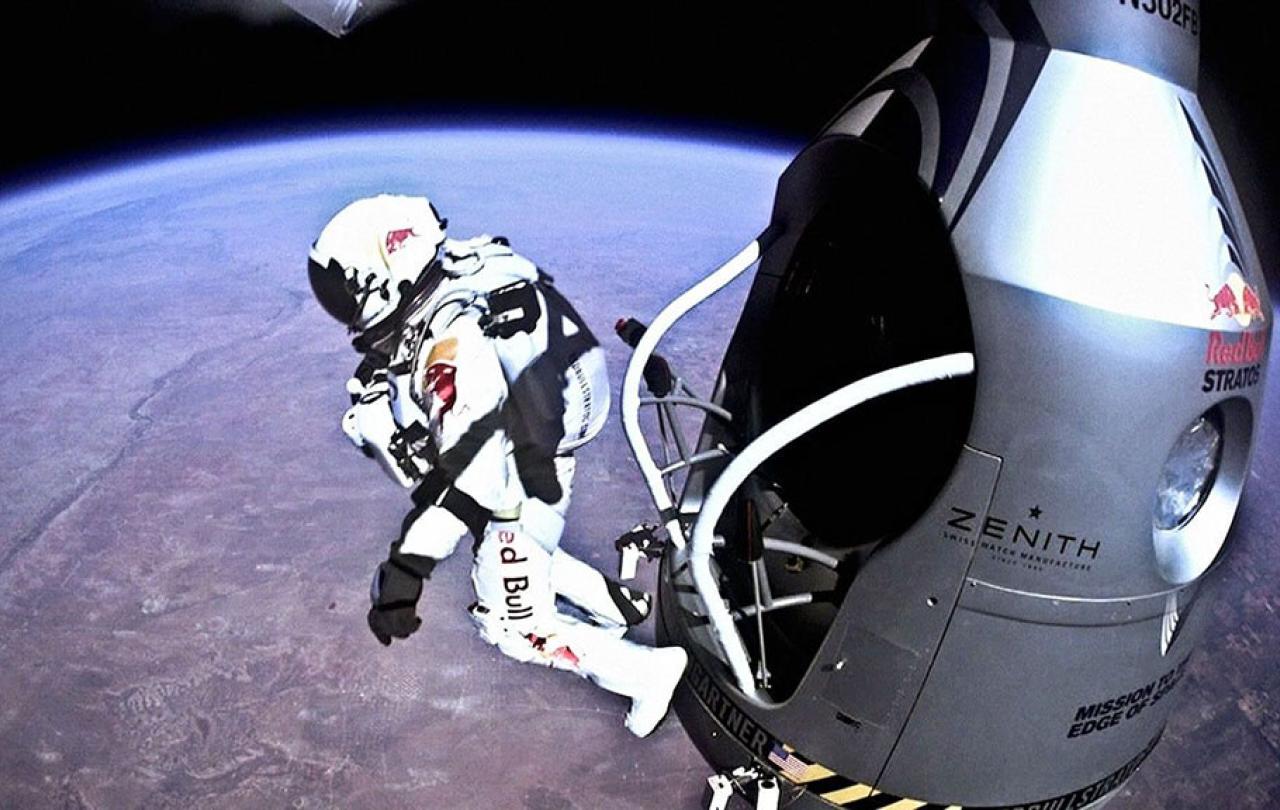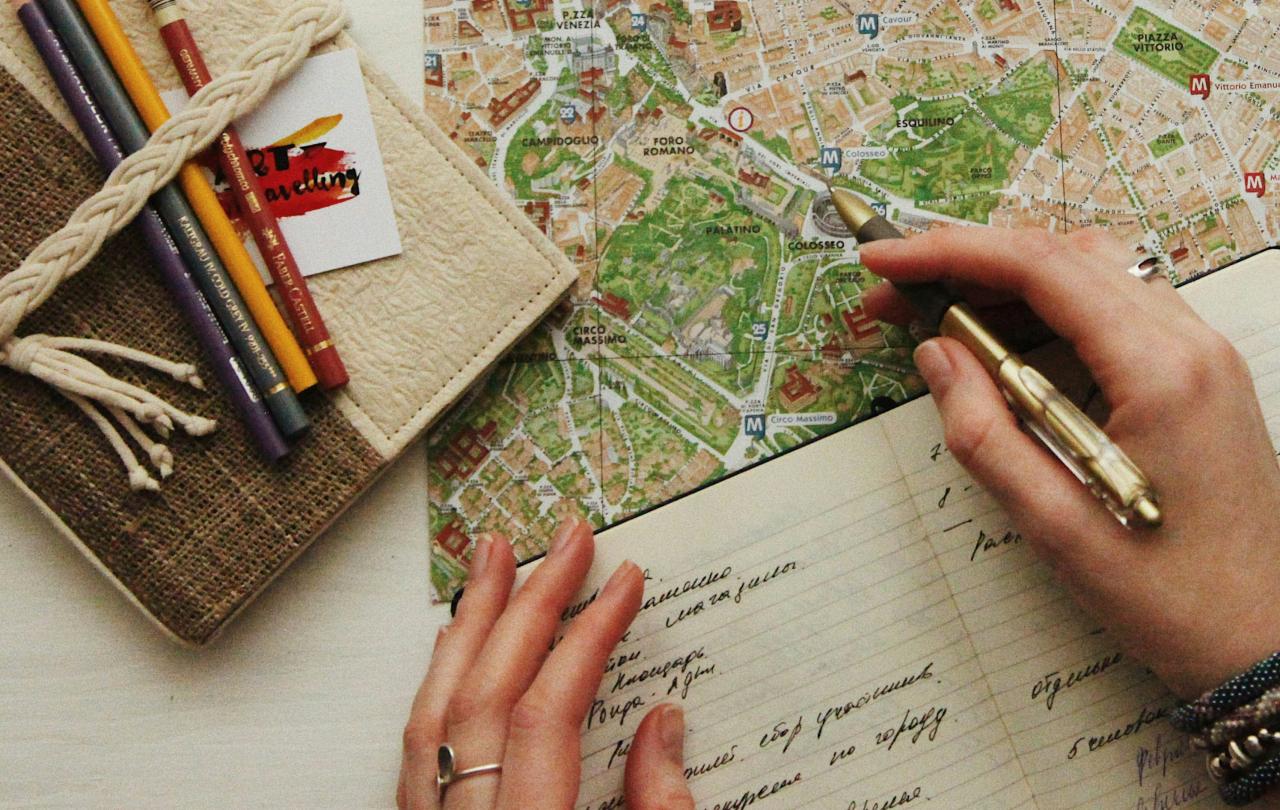
Faith is irrational. Faith is against evidence. Faith is a threat to progress. Faith will bring about the downfall of civilization.
I used to think this, and I wasn’t alone.
In 2004 Sam Harris wrote that faith
“allows otherwise normal human beings to reap the fruits of madness and consider them holy.”
This quote appears in his book The End of Faith, which was on the New York Times bestseller list for 33 weeks.
Fellow pop atheist AC Grayling says that faith
“directly controverts canons of intellectual integrity…’Faith’ is not a respectable or admirable thing; having been so long paraded as a virtue and worthy of respect, the truth is otherwise… it is irresponsible, lazy, and too often dangerous.”
The real danger
When I was about 20, I realised that I had dismissed faith as irrational without ever engaging it. I had prided myself on open-mindedness while at the same time refusing to hear what people of faith had to say. This struck me as deeply hypocritical, so I went to seminary. I asked religious people about faith. I studied what theologians and philosophers said about it. I did this for about twelve years.
In this time, I confirmed my earlier belief that there are extreme examples of irrationality and close-mindedness in religion. Of course there are! But there are extreme examples of irrationality and close-mindedness in secularism, too. The danger isn’t “faith.” The danger is what I used to do: over-simplifying and reducing one another to easy targets so we can tear each other down.
Faith, I now know, looks very different to many people. Some forms of it are healthier than others. Some are toxic.
But after more than twelve years of study, I’ve come to believe a specific way of defining or practicing faith is not just acceptable for our society but crucial. I consider it the answer to many of our shared needs--especially for more love, generosity, justice, resilience, progress, and hope.
It's this:
a choice.
Faith is a choice.
Our society is unique among all societies that have ever existed. It is the first society where we must choose: to trust and believe just a little bit, or to distrust and believe nothing at all.
This is what “don’t believe” looks like:
Distrust. Stick to the “bare facts” of physical reality and science. Live as though there is no possibility of any dimensions existing beyond material reality as we understand it today.
There is no Creator, no ultimate love, no ultimate home. There is only the here and now. When you die, nothing happens.
I subscribed to this option for thirty years because I thought it necessary to be loyal to the truth. I thought that being a good person meant resisting the temptations of faith. I felt proud of myself for bravely accepting the emptiness of the world. But it was poor consolation.
Another reason I followed this option was because I—like most people in our culture—had a deeply rooted habit of suspicion and distrust. Authorities of all kinds have so routinely deceived and disappointed us that most of us live habitually expecting to be attacked, hurt, let down, duped, used, manipulated, and misled. We must always expect there’s a trick behind any promise. Every offering has a catch. We subconsciously live by the slogan “it’s too good to be true.”
This predisposes us to experiencing a specific kind of harm: when we anticipate being hurt, we often hurt ourselves first so that we get to be in control of the pain. For the first thirty years of my spiritual journey, part of my resistance to God was that I was so afraid of finding out He didn’t exist I never let myself take seriously the possibility that He might.
Here’s what “believe” looks like:
Trust. Take a look at your options and say “yes,” to the better one, the one rich in possibility and hope and light.
Embrace the possibility that there are dimensions of reality beyond our imagining that we cannot see or touch. Embrace the possibility that your story may be a part of some larger story. Embrace the possibility that what you do matters ultimately, and is a part of the great unfolding of a narrative beyond your comprehension.
Do this with lightness. Have a bold vision, but let a part of that boldness be its ability to change and grow. Trust the community of spiritual seekers all around the world. Hold all your opinions as hypotheses, and seek to refine them in community with others as different from you as possible.
Open yourself to the possibility that you might be able to experience the love of God and walk into greater peace, joy, resilience, and generosity than previously.
Responsible faith
Harris and Grayling say faith is belief against evidence.
However: faith can be deeply evidentiary. Done right, faith never contradicts evidence or quality reasoning. Indeed, to me, faith means being loyal to every scrap of evidence, including any that God may provide us, and constantly revising my views of everything.
There are two kinds of evidence for transcendent beliefs: intellectual evidence, which includes historical, archaeological, and philosophical reasons to believe (or not to believe), and experiential evidence, which comes from believing in God and seeing what happens.
For each of us, experiential evidence is personal, but we can, and should, always talk about our experiences with others. We should get feedback, compare, and learn from one another. I consider my experiences to be data points for God, but I’m open to being incorrect.
Faith of the sort I’m advocating doesn’t mean putting your head in the sand. It means walking simultaneously with trust and with your eyes wide open. It means embracing your own limitations and learning to delight in being proved wrong or revising your perspective.
The obligation to have faith
Many people come to faith in God through a major religious experience. They have a sudden shift. They go from skeptic to Believer with a capital “B” seemingly overnight.
That is not how it’s worked for me. I decided to see if I could believe. When I first set out to cultivate faith, I didn’t believe anything at all.
Why did I do it?
I had one very specific reason: it would make the world a better place.
I already knew that belief in God was reasonable, and that God might exist. I already knew that I could get evidence for God if I dared to believe a little bit first.
But what convinced me to finally try believing was an argument William James makes in his essay Is Life Worth Living? He says:
if there is something you can believe in that is reasonable, and that will make you either a happier or better person, or both,
then you are not just licensed, but obliged to believe it.
Not just licensed, but obliged. Believing in God was not just reasonable but would also make me more of all the things I always wanted to be: more joyful, more peaceful, more generous, more resilient.
Thus, I was facing a dual realization:
-
God might be real, and
-
Trying to see if I could believe—that is, intentionally opening myself to God’s potential presence in my life—would be an act both of exploring truth as well as making me a better person.
Put like this, the next step for me was obvious:
Do it.
Choose faith. Choose trust. Take a chance on God, and see what happens.
That was eleven months ago now, and I can honestly say it was the best thing I’ve ever done. My belief is far from certain, but it doesn’t have to be—indeed, in some ways it shouldn’t be.
I just keep saying yes to trust, and my heart is lighter and more free than I ever imagined possible.
Taking a chance on God
The secular poet Mary Oliver once famously asked us:
“What will you do with your one wild and precious life?”
What will I do? What will you do?
If faith means taking a chance on God and seeing what happens – and in doing so stepping into lives of greater peace, joy, resilience, and generosity, together –
What are any of us waiting for?





